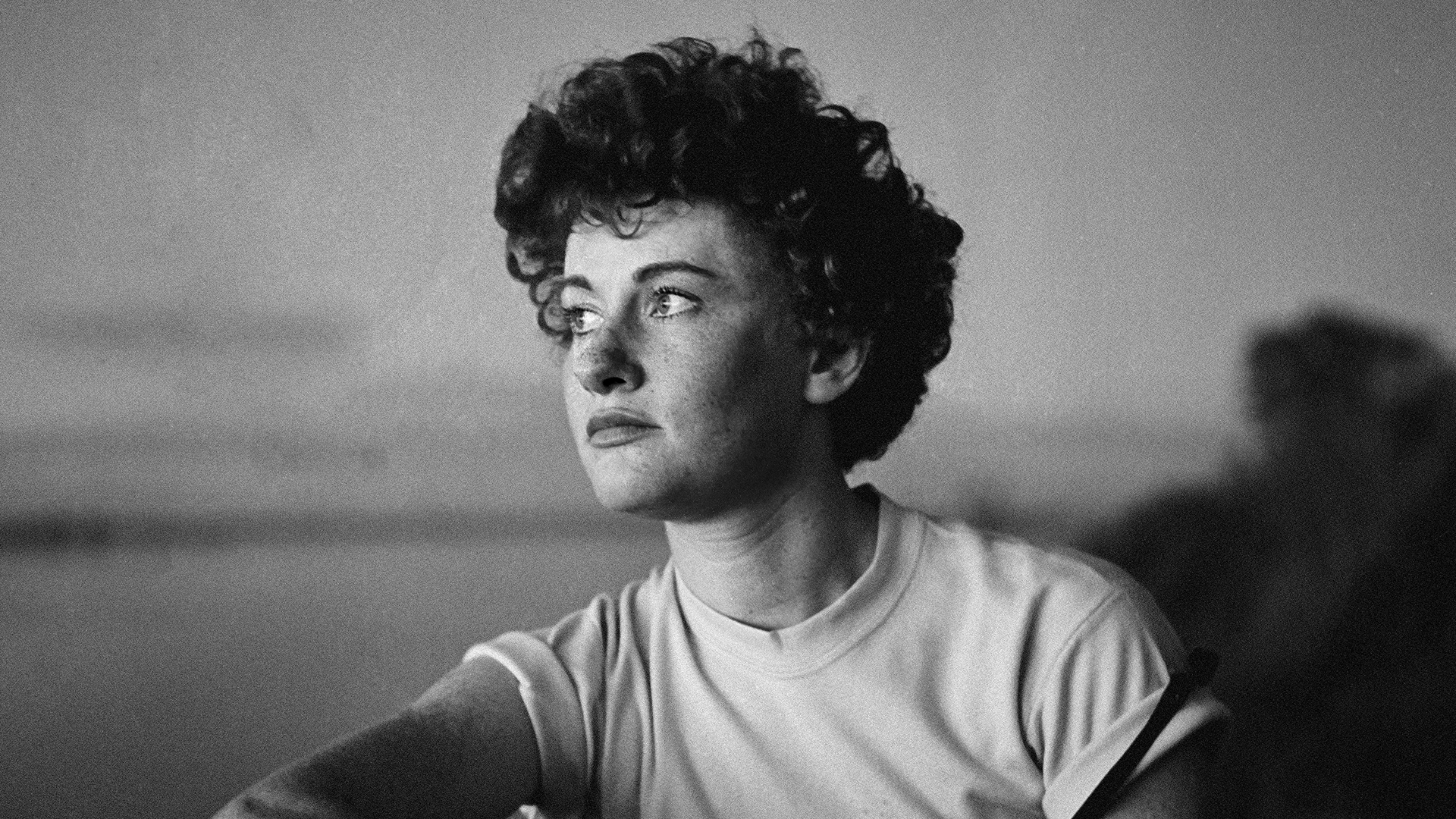
Lisl Steiner (Vienna, 1927) is a renowned Austrian-American photographer, photojournalist, and documentary filmmaker. She is mainly known for her photographs of political and cultural figures from the 50s, 60s and 70s, including personalities such as Pablo Casals, Carmen Amaya, Gyula Kosice, Pablo Neruda, Louis Armstrong, Jorge Luis Borges, Jacqueline Kennedy Onassis, Henri Cartier-Bresson , Andy Warhol and Friedrich Gulda among others.
Steiner emigrated from Austria to Argentina at a very young age, fleeing with her family from Nazism. In Argentina, she studies arts, with an interest in cinema. As a college graduate in the first phase of her professional development, Steiner worked on the creation and production of more than 50 documentaries. She is noted for her skill and dexterity in drawing. Interested in the visual arts, she approaches the avant-garde group “MADI”, but finally discovers that her great passion is photography. She was part of the group of photographers “FORUM” in Buenos Aires.
From some images published in the Argentine press and in LIFE magazine, her work acquires an international character.
She then moved to the United States, with her distinctive photographic approach, unique personality and extraordinary energy, which she still retains at 94 years old. Steiner develops a prolific photographic work, under very free precepts, as she herself points out; “I was attracted to the idea of the Spanish painter Juan Gris, who once said that the greatest freedom lies in improvisation.”
However, her passion has always been the work on the children of the Americas, inspired by the children’s poems of the famous Chilean poet Gabriela Mistral. An almost obsessive creation that, over decades, she communicated through proposed letters to presidents, directors of multilateral organizations, heads of transnationals, as a significant project to develop, exhibit and publish. Although the responses were encouraging, as is often the case in the field of art, the anticipation is not interpreted in its proper dimension and possibilities.
Flor Mayoral and Marcelo Llobel